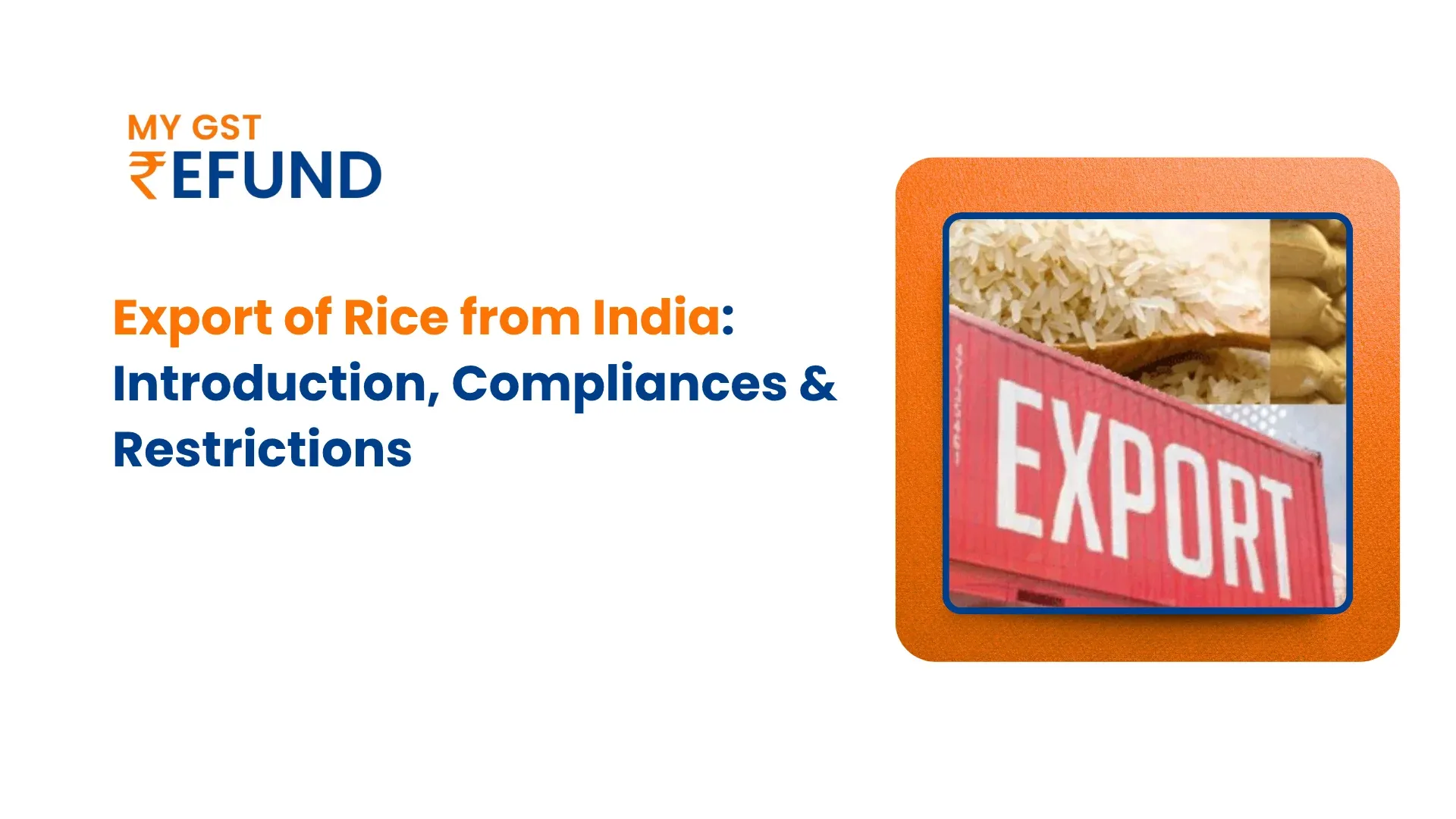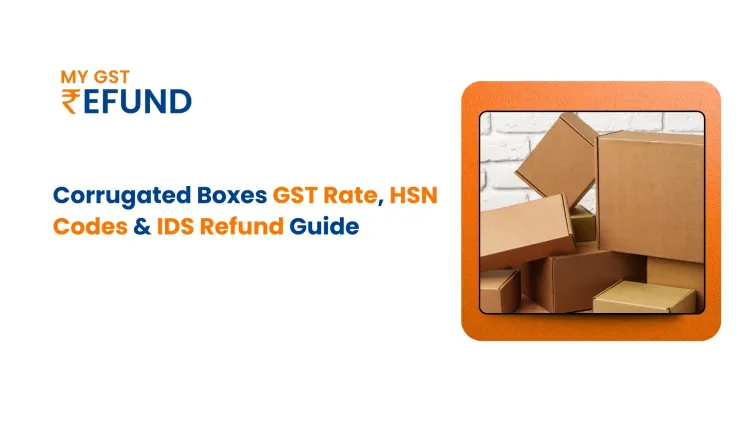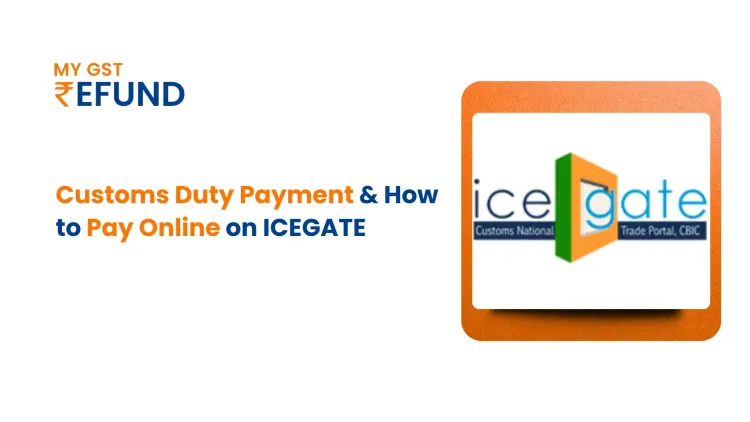Export of Rice from India: An Introduction, Compliances, and Restrictions
India is a Big player in the global rice trade. In terms of commodities, India is one of the biggest producers and exporters of rice. The nation exports a range of rice varieties, including non-basmati rice (which includes different kinds of long-grain, short-grain, and special rice) and basmati rice (a premium kind). Rice is a major agricultural commodity for India, which contributes to both the economy and the agricultural export sector.
1. Types of Rice are Exports from India
A. Basmati Rice: The Basmati rice is also known for its delicate texture and unique scent. Basmati rice is a type of aromatic long-grain rice. The Basmati rice is farmed mainly in Haryana, Punjab, Uttar Pradesh, and some parts of Himachal Pradesh and Uttarakhand are the main states of rice farming. India is the largest exporter of basmati rice worldwide, mainly in North America, Europe, and the Middle East.
B. The Non-Basmati Rice: The different types of non-basmati rice categories, like long-grain, parboiled, white, and broken rice, which are also exported by India. Non-basmati rice is exported to neighboring countries in Africa, Southeast Asia, and South Asia (including Bangladesh, Sri Lanka, and Nepal).
C. Specialty Rice: The special type of rice is mainly exported in Sona Masoori, Jasmine, Matta, and Indica
2. Important Markets for Indian Rice Exports
Middle East: The countries such as Saudi Arabia, the United Arab Emirates, and Iran mainly imported both types of rice from India.
Africa: Countries like Nigeria, Benin, and Kenya are importing non-basmati rice from India.
Southeast Asia: Both types of rice are also imported by countries like Bangladesh, Sri Lanka, and Malaysia.
Europe and the US: The US, UK, are other European countries of the main consumers of basmati rice.
3. Rules and Regulations for Exporting Rice from India
A. Quality Standards: The importing nations' quality requirements must be met by India's rice exports. The Guidelines that are required for food safety and quality standards for rice exports are established by the Food Safety and Standards Authority of India (FSSAI).
In addition to meeting certain quality standards specified by the importing country, the rice must be free of pollutants, pests.
B. Phytosanitary Certification: A phytosanitary certificate is a certification that certifies that rice is free from pests and plant diseases. A phytosanitary certificate is required for rice exporters.
C. Packaging and Labeling: The Packaging of rice is mine in this format that is safe to transport. country-specific packaging standards may differ from other countries; they typically contain information like:
- Name and its type of goods (Like,non-basmati, basmati)
- India, the place of origin
- Net Weight
- Production and date of expiration (for specific types of processed rice)
- Instructions for storage
- Jute and polypropylene bags, or other sturdy materials (for rice packaging).
D.Export Certification for Basmati Rice: The Food Products Export Development Authority (APEDA) provides certification that certifies that rice quality is original and legally exported by the authority.
E.Global GAP Certification: This certificate that rice from specific regions of India can be legally exported as basmati rice with Global GAP (Good Agricultural Practices) standards in some markets, particularly in the European Union.
Read More: Export Finance
4. Export Documentation Required for Exporting Rice from India
The following documents are needed for customs, and the importing authorities are:
- Commercial Invoice
- Packing List
- Certificate of Origin
- Bill of Lading
- Phytosanitary Certificate
- FSSAI Certificate
- APEDA Certification
- Health and Quality Certificate
- Export Declaration
5. Government policies and limitations for exporting rice
A. Minimum Export Price (MEP): To avoid exporting subpar rice at unnecessarily low costs, which would affect the domestic market, the government set up a Minimum Export Price (MEP) for rice, specifically non-basmati rice.
b. Export limitations and Bans: The Indian government applies limitations to maintain food security and rice exports to increase the price in the domestic market.
Basmati Rice: The basmati rice may be banned for export for a short period of time of domestic shortage.
Non-Basmati Rice: To control domestic supplies, the Indian government may limit exports of non-basmati rice, especially for broken rice.
C. Subsidies and Support: The Indian government provides benefits for rice exports under schemes like the RODTEP, Duty Drawback, under which the exporters may claim export benefits.
d. Duty on Rice Exports: India does not apply duty on rice exports; export duties can be adjusted to manage domestic supply and claims.
6. Challenges and Issues Faced by Rice Exporters
The Fluctuating Rate in the Domestic Market: Rice exporters face challenges of rate fluctuation in the domestic market, during the seasons of high or low production.
Logistics & Infrastructure: Due to The proper logistics and Infrastructure, and delivery at the port, may affect the timely delivery of export rice.
Weather-Related Issues: Rice production is highly dependent on monsoon and weather conditions, which can affect the Production quantity and quality of rice for export.
Compliance: to meet the international standards for rice export, the limits and packaging may be challenging.
7. How to Export Rice Easily
Compliance: The Rice Exporters should make sure that they meet the safety and quality requirements of the importing country.
Documentation: The complete documentation helps in customs clearance and delays.
Registration: The exporters of basmati rice must register with organisations such as APEDA for certification and meet the quality standard.
Supply Chain Management: The solid connections with suppliers, packaging firms, and shipping services are crucial for Rice exporters.
Conclusion
India's rice export industry is a big player in the economy and the food supply in the world. Indian rice exporters can reach the worldwide markets, especially for basmati rice, by following laws and international standards. But exporters also have to deal with other hurdles, including export limitations from the government, flouting the domestic prices, and adhering to international standards.
Read More: Export Refund
Related Posts








